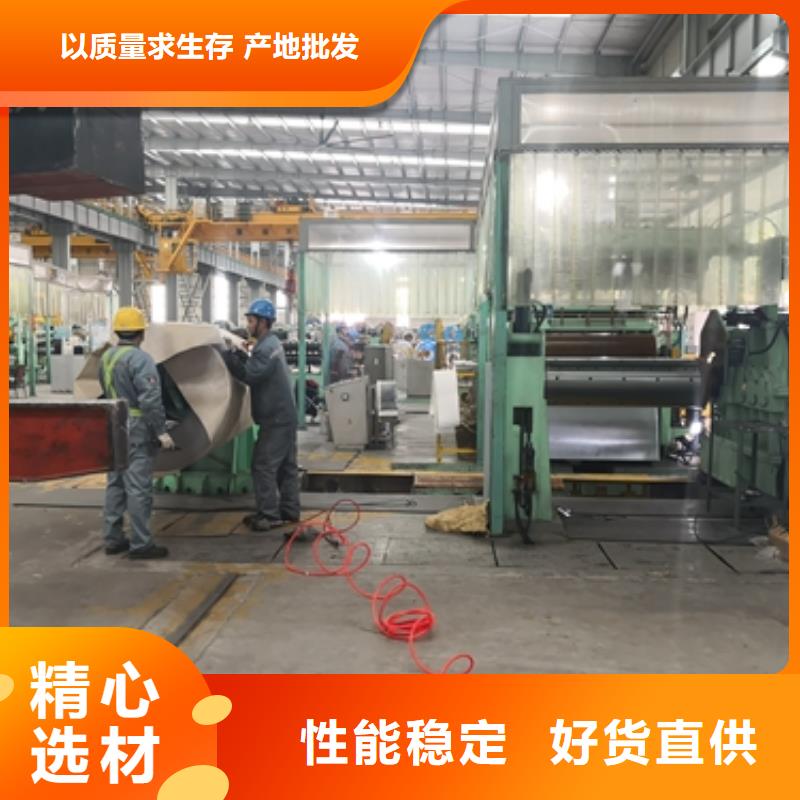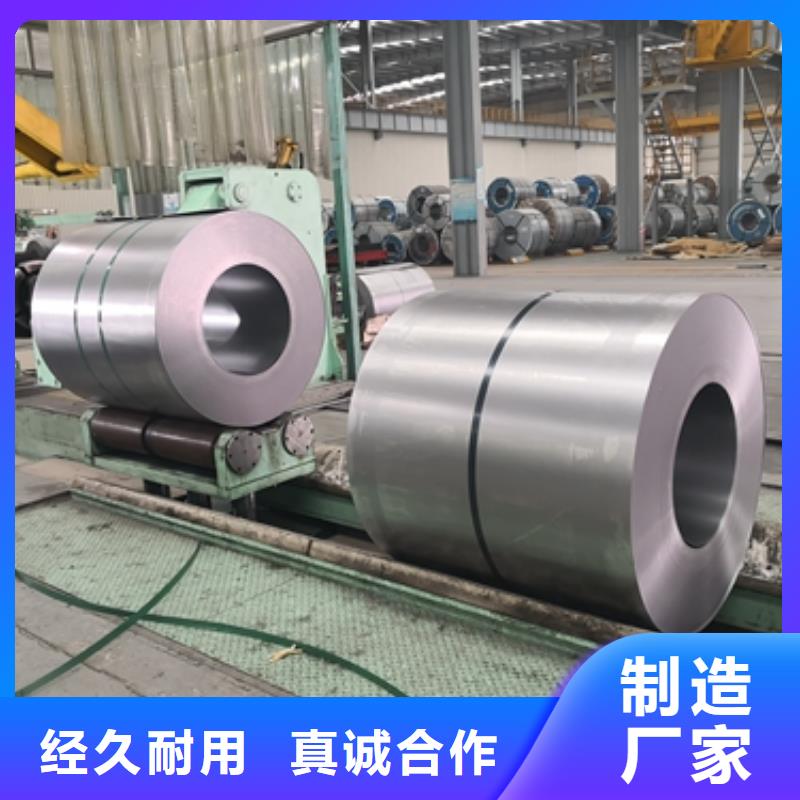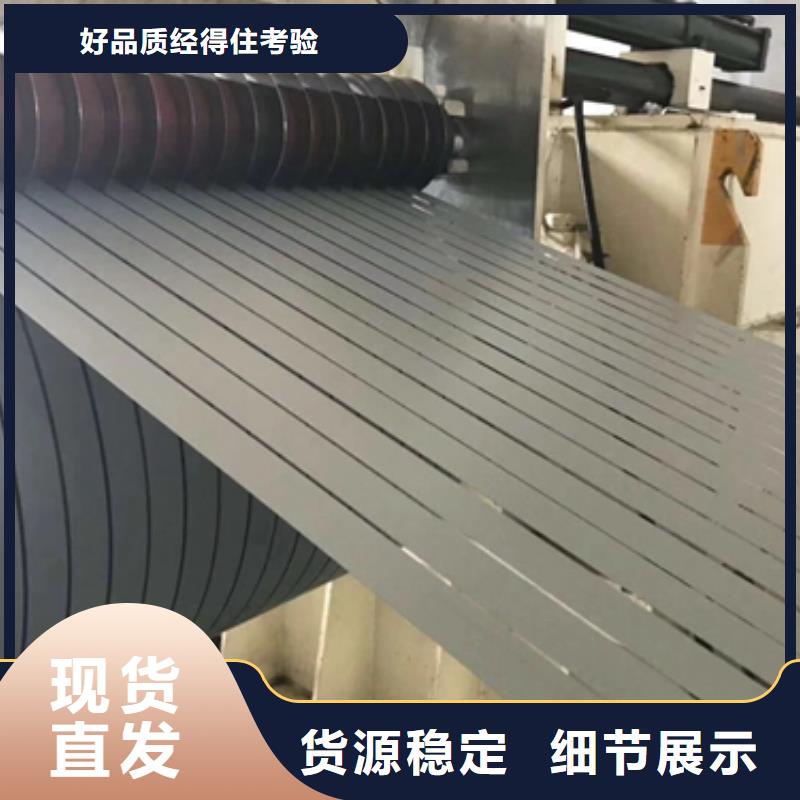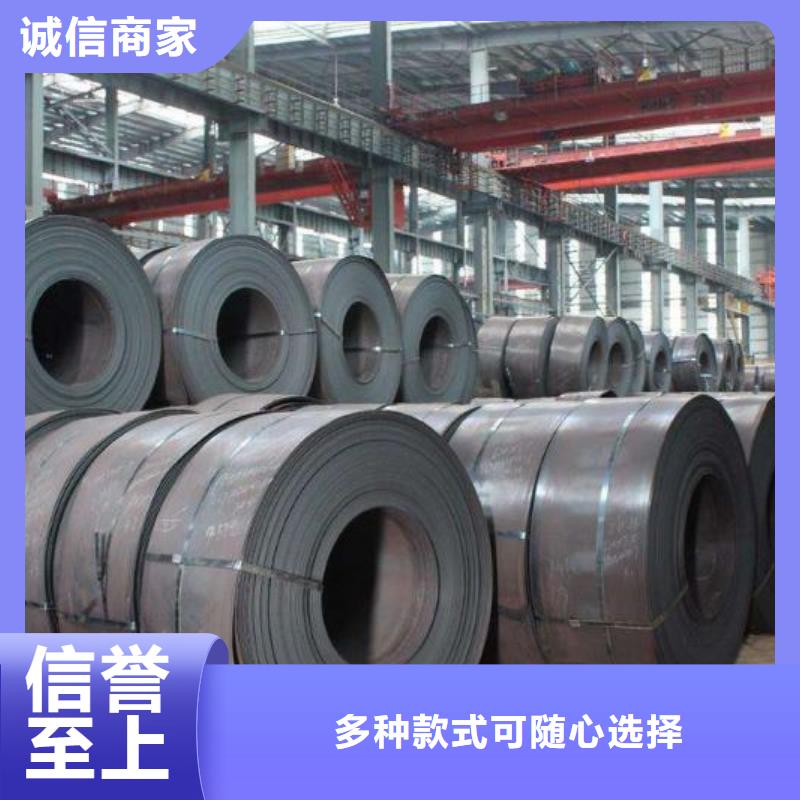【全新视界!】高磁取向硅20QG095质量优产品视频,带你领略产品新风尚!
以下是:高磁取向硅20QG095质量优的图文介绍

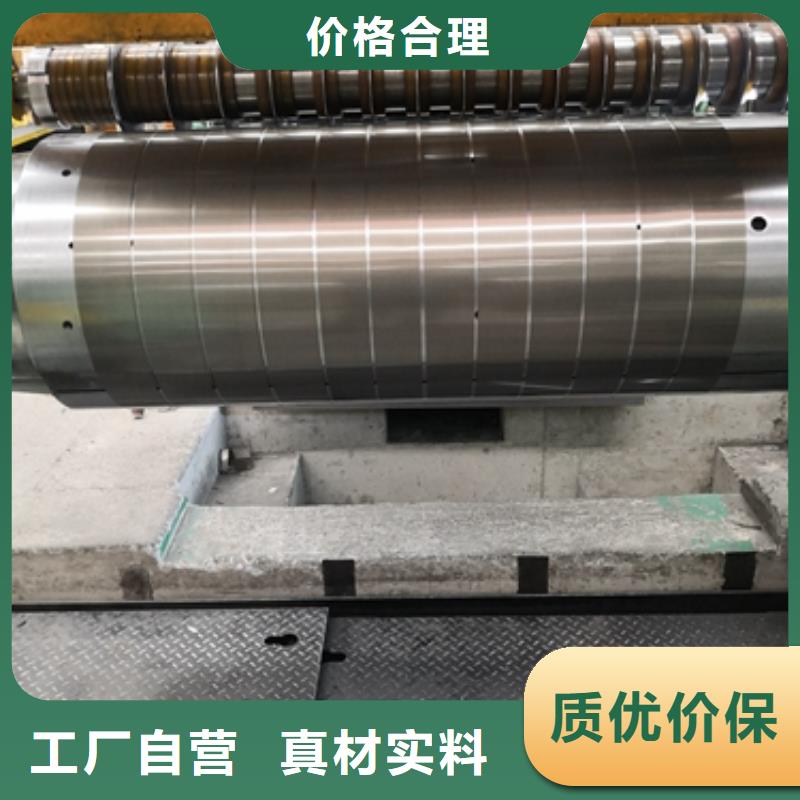
电工钢硅钢片Electrical steel, also known as silicon steel sheet, is an indispensable metal material in the power, electronics, and military industries, and is also the largest functional material in production. It is mainly used as the iron core for various motors, generators, and transformers. Since it is a functional material, its performance testing also revolves around "function". These indicators are often mentioned in trade and processing processes, and a brief understanding can help everyone better carry out their work. The performance testing of electrical steel mainly includes the following aspects: magnetic inspection, stacking coefficient inspection, coating adhesion inspection, repeated bending inspection, size and shape surface inspection, and conventional mechanical property inspection. In addition to the types of products listed above, there are also some special purpose electrical steel plates, such as 0.15 and 0.20mm thick 3% Si cold-rolled non oriented silicon steel strips and 0.025, 0.05, and 0.1mm thick 3% Si cold-rolled oriented silicon steel strips, which are used as intermediate and intermediate grade High frequency motors and transformers, as well as pulse transformers, etc; 0.7mm thick 3% Si high-strength cold-rolled non oriented silicon steel plate for relays and power switches; High strength cold-rolled electrical steel plate for new high-speed motor rotors; Low carbon electrical steel hot-rolled thick and cold-rolled plates for magnetic shielding and high-energy accelerator electromagnets such as medical magnetic resonance tomography scanners; 4.5% to 6.5% Si high silicon steel plates for high-frequency motors, transformers, and magnetic shielding.
Generally, motors, transformers, and other electrical components are required to have high efficiency, low power consumption, small size, and light weight. Electrical steel plates are usually guaranteed to have magnetic properties based on core loss and magnetic induction strength. Magnetic induction strength is the number of magnetic lines passing through a unit cross-sectional area of the iron core, also known as magnetic flux density. It represents the material‘s magnetization ability, measured in T. The magnetic induction strength of electrical steel plates is high, and the excitation current (also known as no-load current) of the iron core is reduced. Copper and iron losses are also reduced, which can save electrical energy. When the power of the motor and transformer remains constant, the magnetic induction intensity is high, and the design Bm can be increased. The cross-sectional area of the iron core can be reduced, which reduces the volume and weight of the iron core, and saves the amount of electrical steel plates, wires, insulation materials, and structural materials used. This can reduce the total loss and manufacturing cost of the motor and transformer, and is beneficial for the manufacturing, installation, and transportation of large transformers and motors. The main requirements for the performance of silicon steel are:
1. Low iron loss is the most important indicator of the quality of silicon steel sheets. Various countries classify grades based on iron loss values, with the lower the iron loss, the higher the grade.
2. Under strong magnetic fields, the magnetic induction intensity (magnetic induction) is high, which reduces the volume and weight of the iron core of the motor and transformer, saving silicon steel sheets, copper wires, and insulation materials.
3. The surface is smooth, flat, and the thickness is uniform, which can improve the filling coefficient of the iron core.
4. Good lamination performance is more important for manufacturing micro and small electric motors.
5. The adhesion and weldability of the surface insulation film are good, which can prevent corrosion and improve the punching performan
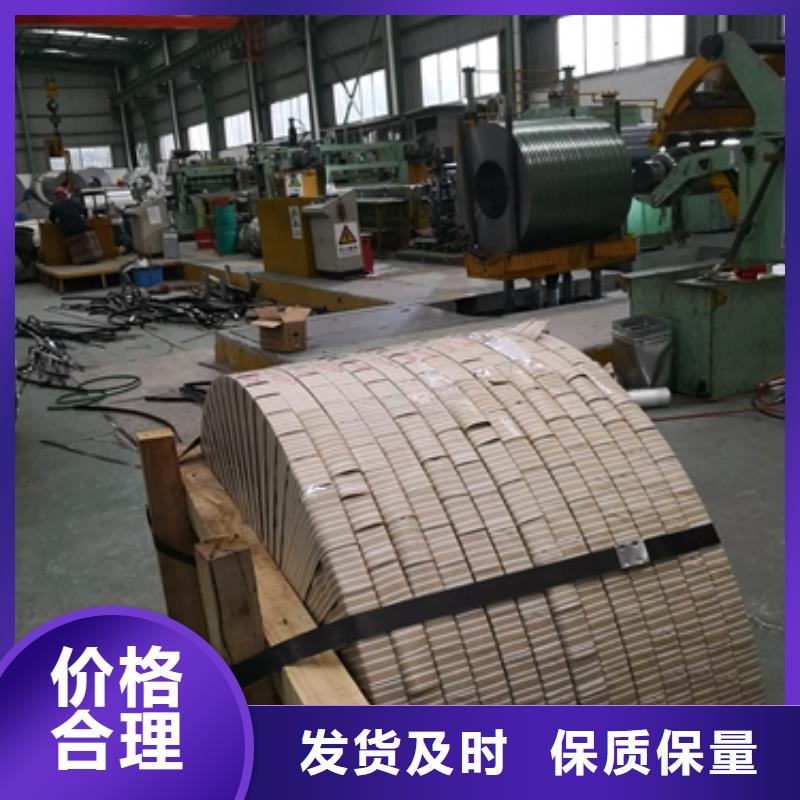
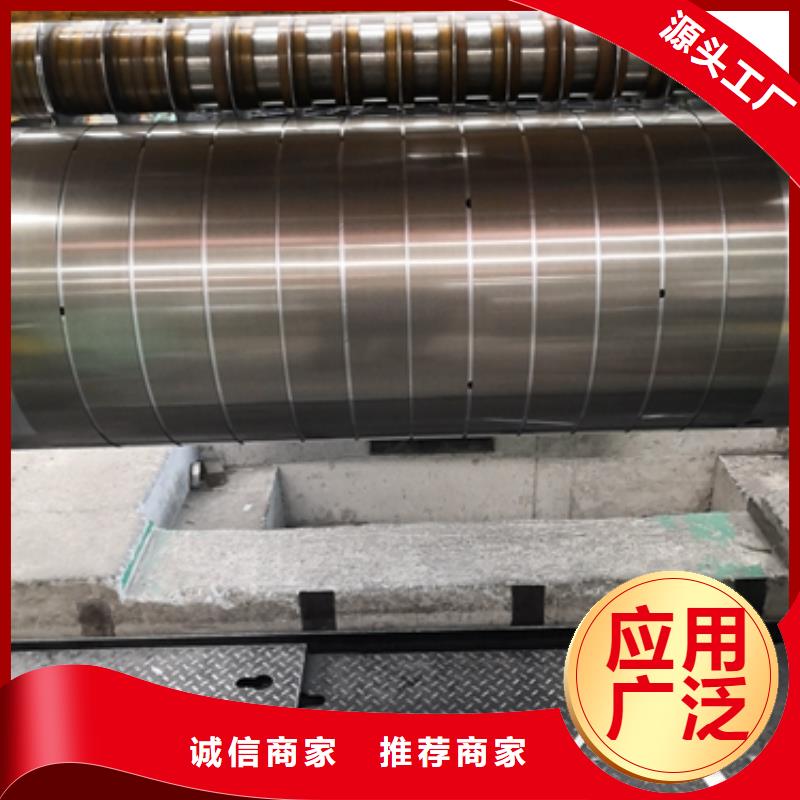
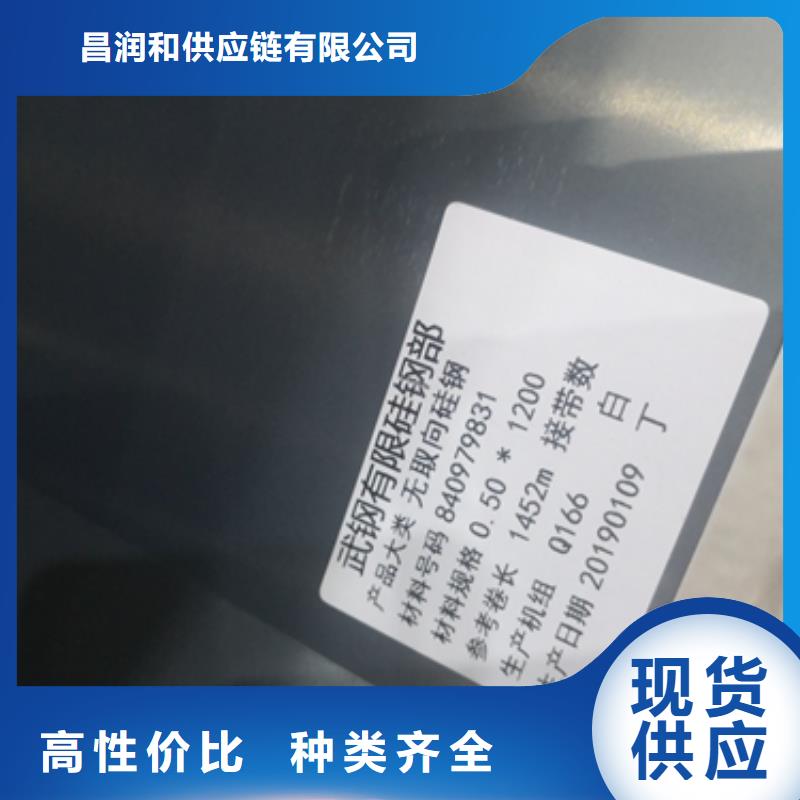
鹿程国际贸易(内蒙古分公司)位于宝山区蕰川公路777号宝钢厂区607-609室,交通j i为便利。公司常年致力于 硅钢的研发和生产,拥有雄厚的专业技术力量。 公司专营 硅钢系列产品,公司一贯信奉合作来源于诚信,品质来源于实现的行为准侧,致力于互利互惠,资源共享的双赢模式,竭诚欢迎垂询洽谈。
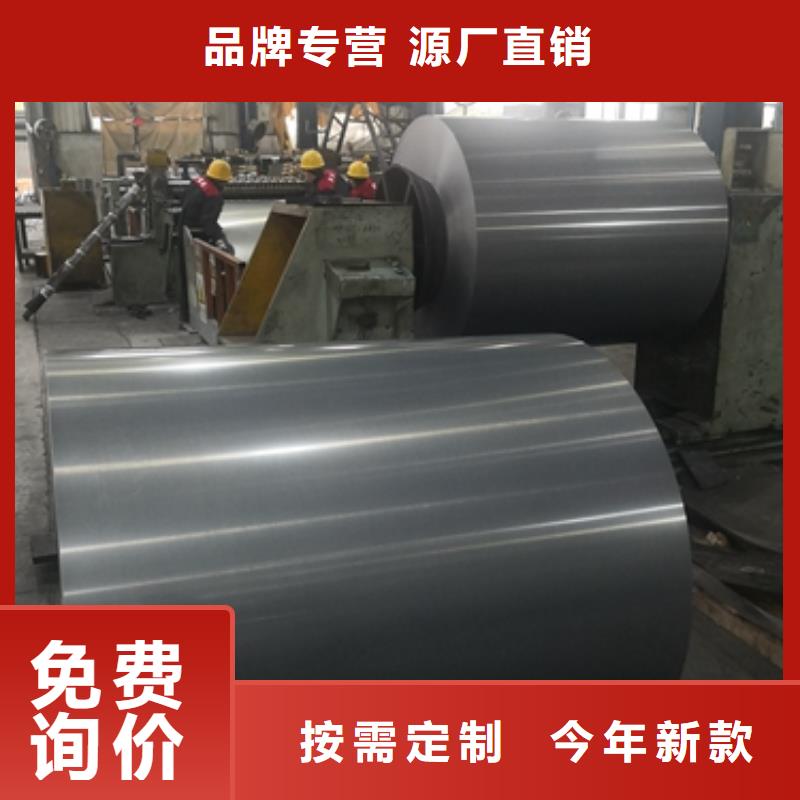
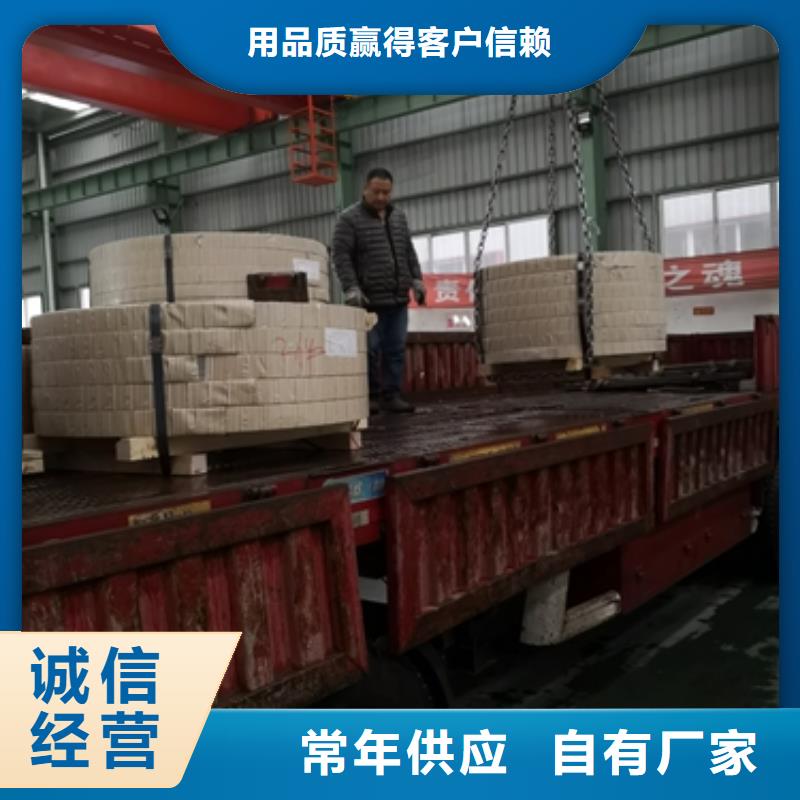
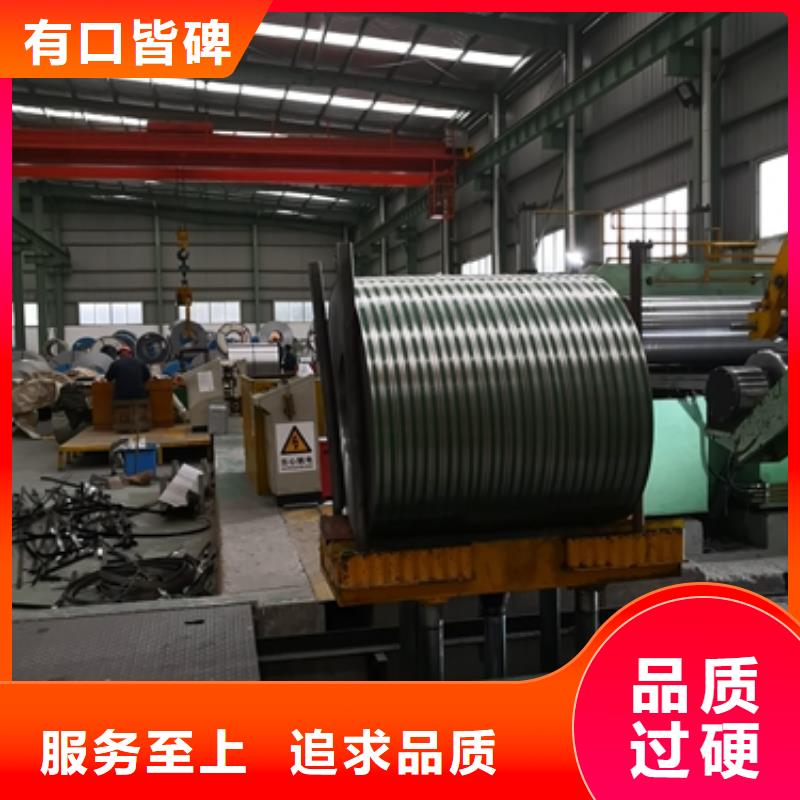
电工钢硅钢片除上表品种类别外,还有一些特殊用途的电工钢板,如0.15和0.20mm厚3%Si冷轧无取向硅钢薄带和0.025、内蒙古当地0.05及0.1mm厚3%Si冷轧取向硅钢薄带,用作中、内蒙古当地高频电机和变压器以及脉冲变压器等;继电器和电力开关用的0.7mm厚3%Si高强度冷轧无取向硅钢板;新型高转速电机转子用的高强度冷轧电工钢板;医用核磁共振断层扫描仪等磁屏蔽和高能加速器电磁铁用的低碳电工钢热轧厚板和冷轧板;高频电机和变压器以及磁屏蔽用的4.5%~6.5%Si高硅钢板等。一般要求电机、内蒙古当地变压器和其他电器部件效率高,耗电量少,体积小和重量轻。
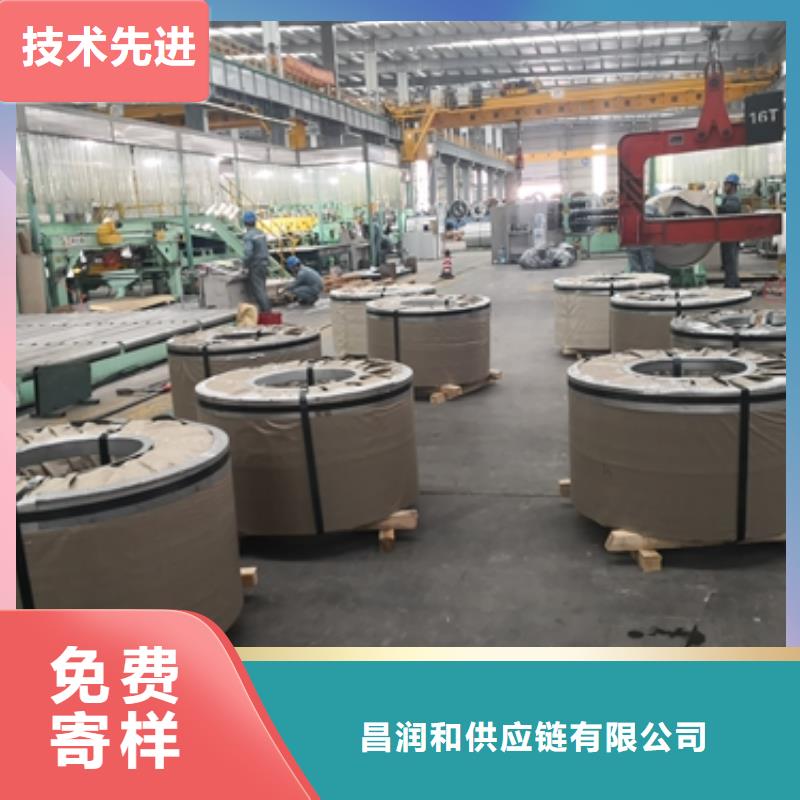

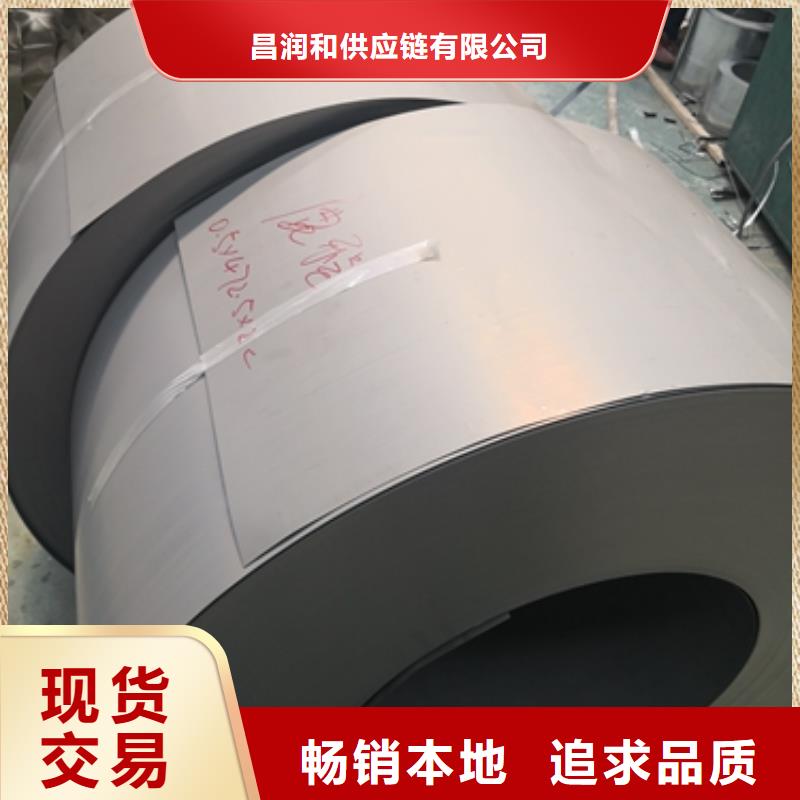
电工钢硅钢片:电工钢钢板经冲片、内蒙古本地剪切、内蒙古本地弯曲会引入残余应力,导致磁性能劣化。应力退火(SRA)可以残余应力对磁畴移动与转动的阻碍作用,恢复电磁性能。E.2 在钢板或叠铁心的状态下进行应力退火的注意事项如下。1). 避免氧化和渗碳为了防止氧化应力退火应该在保护气氛下进行,通常是 10%以下氢气(H2)和 90%以上氮气(N2)、内蒙古本地100%氮气(N2)或者氨分解气氛的非爆炸性保护气氛,露点控制在 0℃以下。冲压加工过程引入的冲压油在退火前应完全去除,防止在退火中发生渗碳,劣化产品磁性。2). 退火温度及保持时间退火温度指材料温度,750℃为宜。为使得钢板各部分退火均匀,需要调整温度与保持时间。温度太低不足以残余应力的影响,温度太高会破坏涂层绝缘性。3). 冷却时间应当避免急剧冷却使材料产生应力应变。冷却时间根据电工钢退火数量进行调整。对于退火小吨位数量时,可按每小时不超过 25℃ 的冷却速度冷却到 350℃,以避免冷却过程中产生应力应变。对于退火大吨位数量时,应采取更加缓慢的冷却速率,以期获得 效果。

